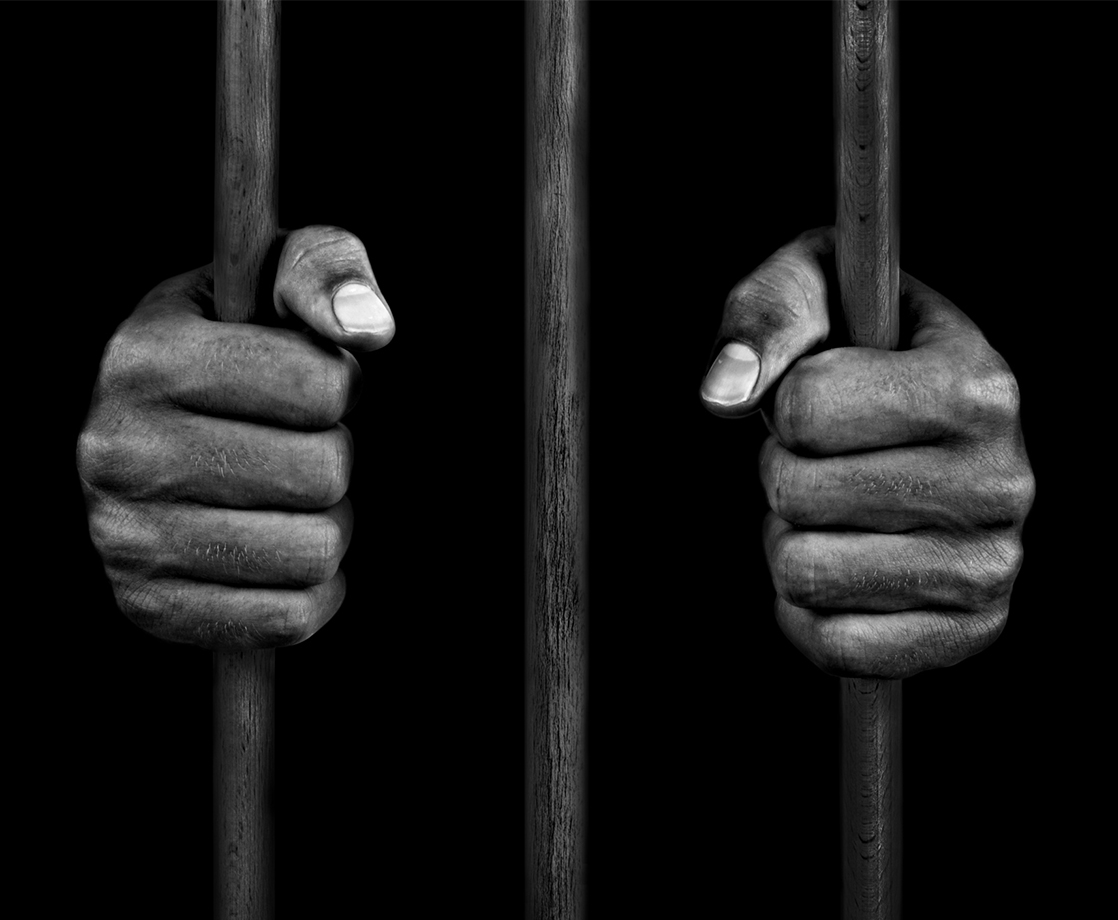Prisoners across America began a 19-day strike on Tuesday, ceasing both internal and external labor, refusing to eat, staging sit-ins, and more. Disrupting the prison system’s status quo as much as possible, the participants trapped behind bars have released a list of 10 demands meant to shine light on and reform the “modern-day slavery” perpetuated by the world’s largest incarceration system.
According to USA Today, the strike is a direct response to violence that left seven prisoners dead and 22 more injured at the Lee Correctional Facility in South Carolina this past April. Choosing August 21st, the date that African-American activist George Jackson was killed at San Quentin State Prison in 1971, as a starting mark, early reports suggest that incarcerated individuals in at least 17 states have joined the strike.
Based out of the same South Carolina jail where riots broke out in April, the organization Jailhouse Lawyers Speak has spearheaded the work stoppage movement, posting a list of demands shortly after the violent events at the facility this past spring. Four months later, the calls for institutional change remain the same. The prisoners have demanded improved living conditions, an end to unpaid labor, access to education, the destruction of racial bias in America’s judicial system, and more.
PRESS RELEASE:
NATIONAL PRISON STRIKE AUGUST 21-SEPTEMBER 9TH, 2018 pic.twitter.com/Mzbb4e96yp
— Jailhouse Lawyers Speak #August21 (@JailLawSpeak) April 24, 2018
“Prisoners understand they are being treated as animals. We know that our conditions are causing physical harm and deaths that could be avoided,” Jailhouse Lawyers Speak said in a pre-strike statement. “Prisons in America are a warzone.”
At jails and prisons across the country, inmates are often forced into unpaid labor, or paid as little as 4 cents an hour for their work. In addition to internal jobs washing laundry, working in kitchens, and cleaning jails, prisoners are made to perform outside labor for little or no pay, as well. In California, for example, incarcerated people have been instrumental in fighting incredibly dangerous wildfires.
No reports have officially tallied the number of participants in the ongoing strike, as prison populations are largely cut off from the outside world. Many expect the strike to become the largest in American history, though. Advocates say that the effort is largely concentrated across the West Coast and South, with prisoners offering varying methods of support based on individual situations.
“Prisoner participation depends on their location and privilege status,” Amani Sawari, a prison reform activist and spokesperson for the strike, told USA Today. “If inmates are working they can suffocate the prison industrial complex by reducing their spending. In some detention facilities, prisoners may not be working so they might do a sit-in. It all depends.”
The strike will continue until September 9th, the date that prisoners took control of New York’s Attica Correctional Facility in 1971.
Follow Zach Harris on Twitter











